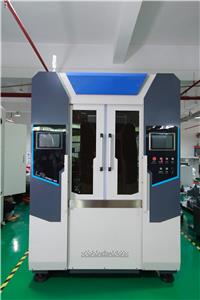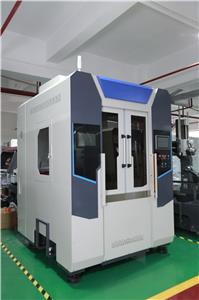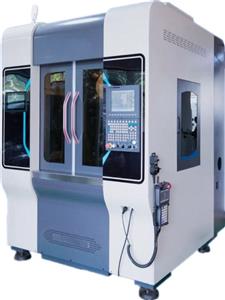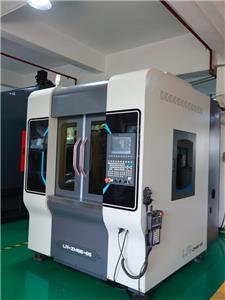- Home
- >
- News
- >
- Technical Insights
- >
- Preventing Gas Porosity: A Guide to Venting in Die Casting Mold Design
Preventing Gas Porosity: A Guide to Venting in Die Casting Mold Design
If the die casting machine is the heart of production and the alloy is the flowing blood, then the mold is the "soul" that gives the product its final form. A consensus in the industry is that 70% of a casting's quality issues are directly related to Die Casting Mold Design.
In our last article, we analyzed the mold's "metronome"—the cooling system. However, even perfect solidification can be ruined by a poorly designed venting system. If gas inside the mold cannot escape, it will become fatal defects. Today, we will explore the second lifeline of mold design—the Venting System—and analyze how to clear the "breathing path" for the molten metal.
Part II: The Venting System — The "Breathing Channel" for Casting Density
In the die casting process, molten metal fills the mold cavity at extremely high speeds (30-60 m/s) in a matter of milliseconds. Within this fraction of a second, all the gas originally in the cavity must be completely evacuated. Otherwise, this trapped gas will form Gas Porosity or blisters, severely compromising the part's density, strength, and pressure tightness. A well-designed venting system is the vital channel that allows the mold to "breathe," ensuring a high-quality product.
1. Core Function: Evacuating Gas to Ensure Purity
Gas in the mold cavity comes from three primary sources: the original air, gases vaporized from the mold release agent, and gases (primarily hydrogen) evolving from the molten metal itself. The fundamental goal of the venting system is to provide a low-resistance, high-efficiency escape path for these gases before the metal fills and seals all passages.
2. Key Design Considerations
--Vent Channel Design and Layout:Vents are the most basic and effective way to release gas. The essence of their design is to "let gas out, but keep metal in."
Layout Principle: Vents must be located at the very end of the metal flow path and where two or more metal fronts meet. These are the last places to fill and where gas is ultimately compressed.
Dimensional Design: The depth of the vent is critical. For aluminum die casting, this depth is typically only 0.1 - 0.2 mm, shallow enough for the metal's surface tension to prevent it from escaping as flash.
Additionally, the efficiency of these channels is closely related to the performance of the Die Casting Machine. A machine with precise, multi-stage Injection Control can execute a stable and smooth slow-shot phase, pushing the gas completely towards the vents and maximizing their effect. Conversely, unstable injection will cause gas entrapment, greatly diminishing the function of the vents.
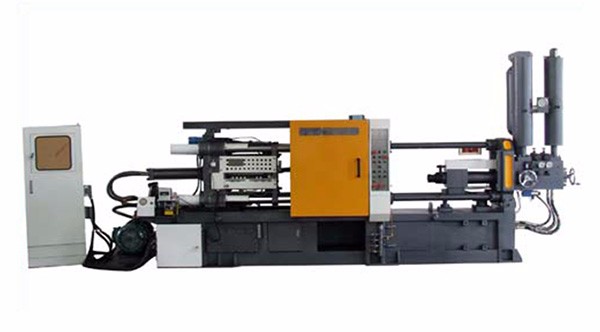
--The Dual Function of Overflows:Overflows are more than just pockets to collect waste. They play two crucial roles in the venting system:
Venting Path: They provide a much larger volume than vent channels for gas to be collected and expelled.
"Cold Slug" Trap: They effectively capture the front of the molten metal flow, which is the coldest, least fluid, and often contains oxides and lubricant residues. Directing this material into the overflow ensures that the main cavity is filled with pure, hot metal.
--Vacuum-Assisted Venting Technology:For thin-walled, complex parts, or high-end products with strict airtightness requirements (like automotive valve bodies or telecom filter housings), traditional venting may be insufficient. In these cases, Vacuum Die Casting becomes the ultimate solution.
Working Principle: Before injection, a vacuum valve connected to the mold evacuates most of the air from the cavity (to below 50 mbar), creating a near-vacuum state.
Key Advantages: With almost no gas to resist the flow, the molten metal fills the cavity with minimal turbulence, perfectly replicating fine details and fundamentally eliminating Gas Porosity.
It is worth mentioning that an efficient Vacuum Die Casting system is a model of synergy between the mold and the machine. The vacuum valve on the mold requires precise timing commands from the Die Casting Machine's control system to synchronize the evacuation and injection actions. DASEON's die casting machines are designed with full consideration for vacuum process integration, providing stable control interfaces and program logic to ensure customers can easily and efficiently implement high-end vacuum casting, thereby maximizing the mold's venting performance.
Conclusion and Preview
In summary, a well-designed venting system—using a combination of vent channels, overflows, and vacuum assistance—paves the way for a smooth fill and is the key to ensuring a dense, porosity-free casting.
However, having solved the "exit" problem, we must now focus on the "entrance." How the molten metal enters the cavity efficiently and smoothly from the gating system is determined by our third and final lifeline—the Gating System. Please stay tuned.

